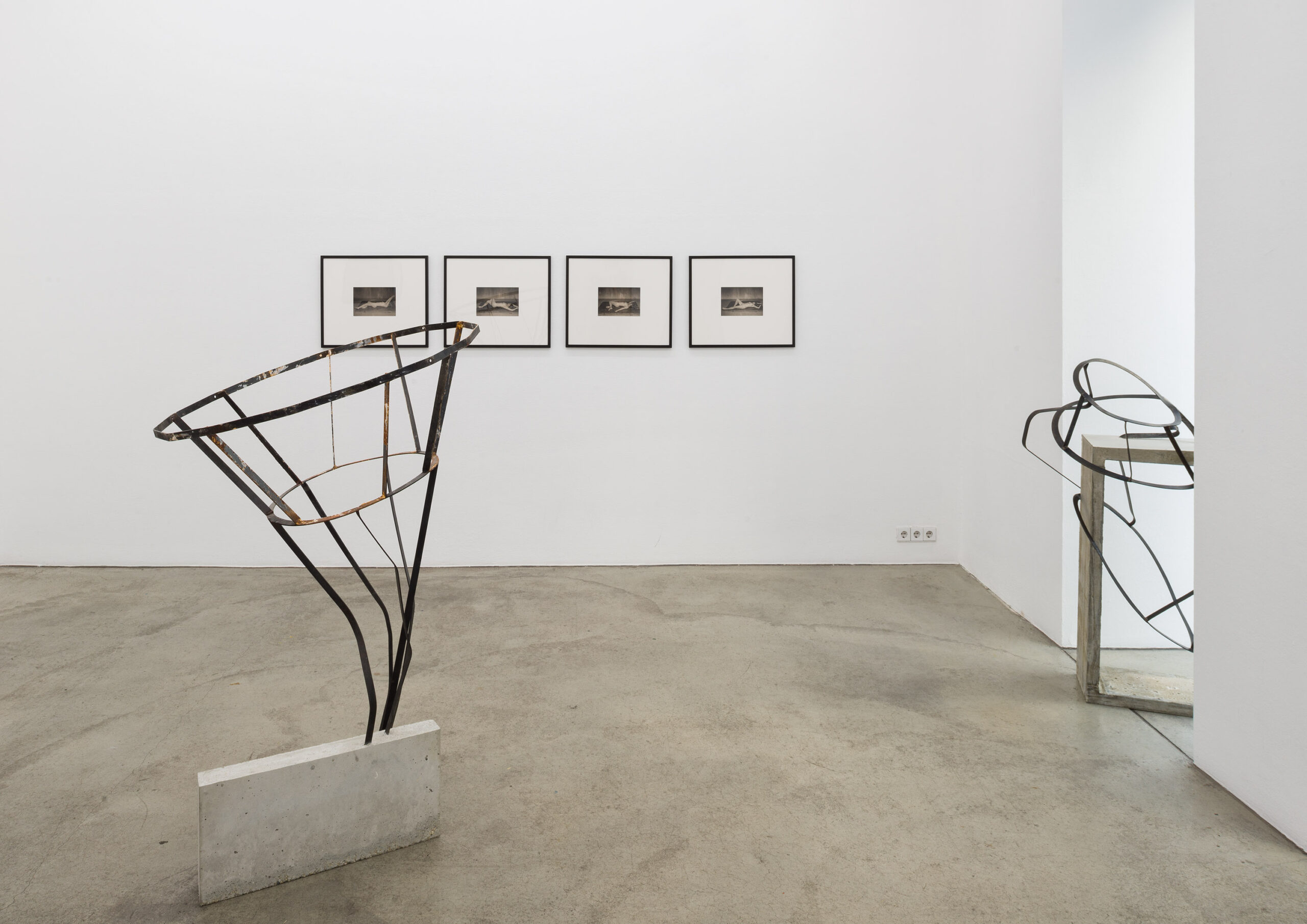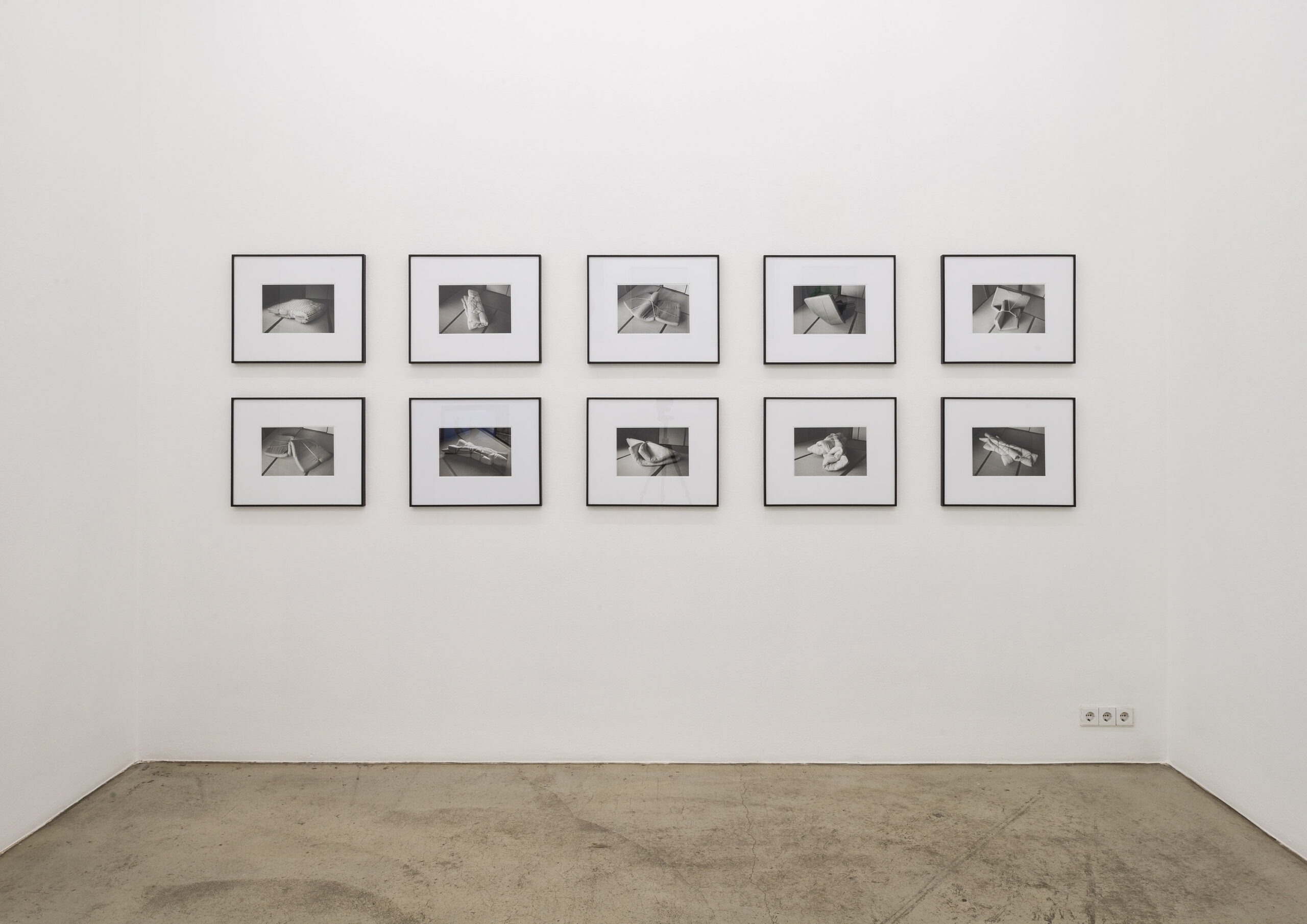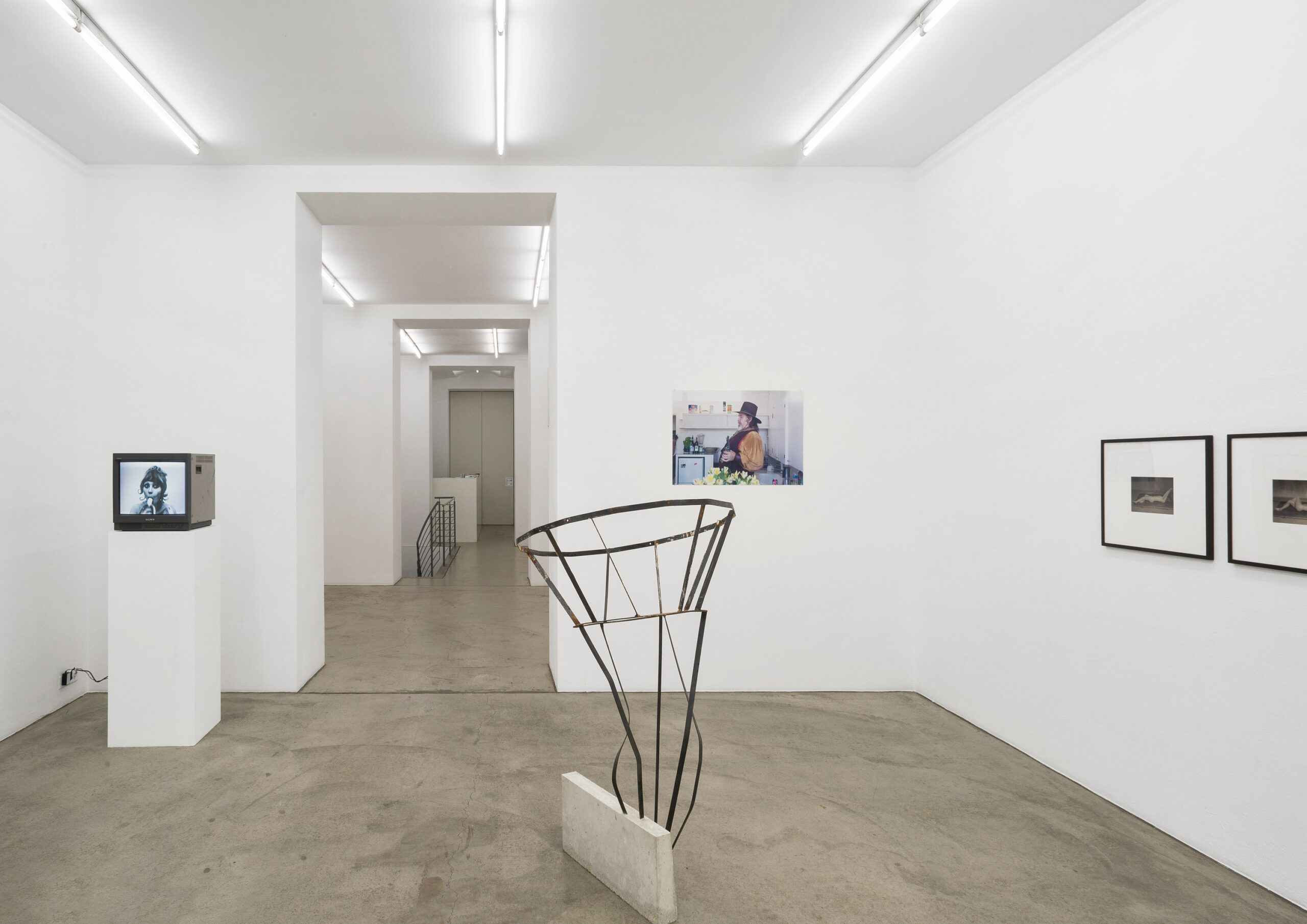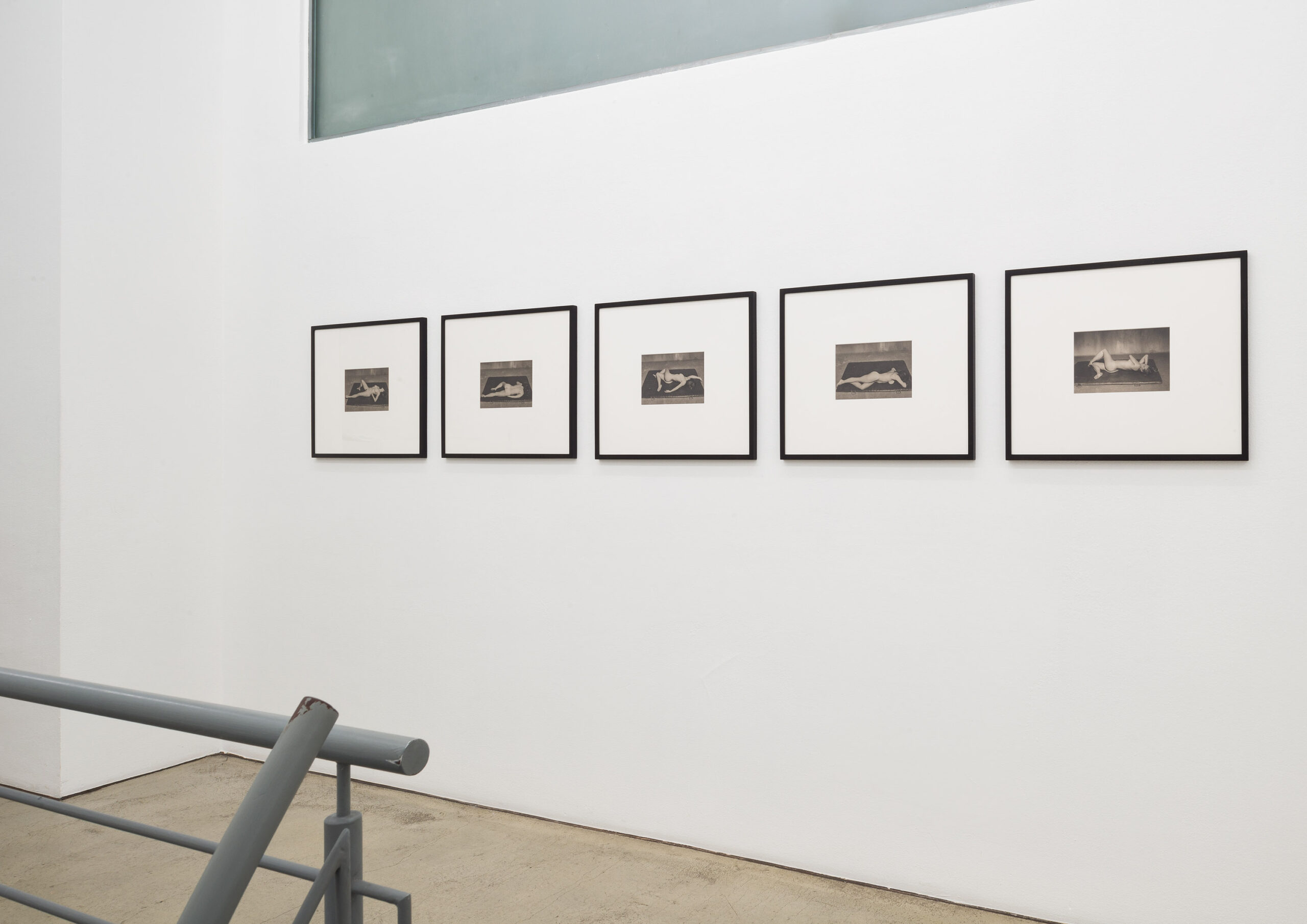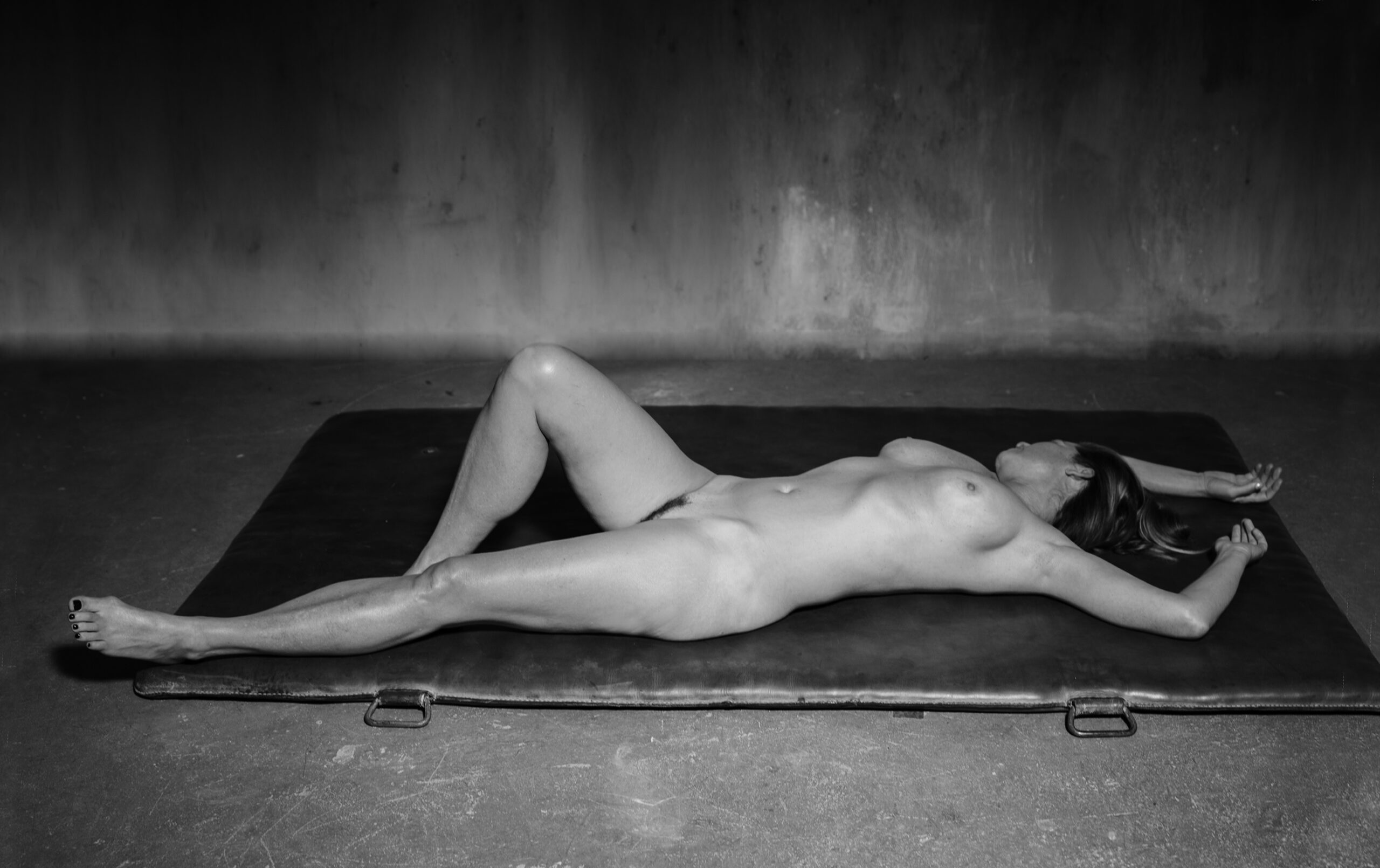
Elfie Semotan
Nudes 1, 2012
Platinum Palladium Print
16 x 24 cm, gerahmt | framed 50 x 60 cm
3 + 1 AP
VIENNALINE – curated by Georg Elben
Performance – Körper als Kontinuum in der Kunst
Cäcilia Brown Kerstin von Gabain Kathi Hofer Natalia LL Marko Lulić Johanna Reich Elfie Semotan Ene-Liis Semper Marina Sula Jaan Toomik Paul Wiersbinski
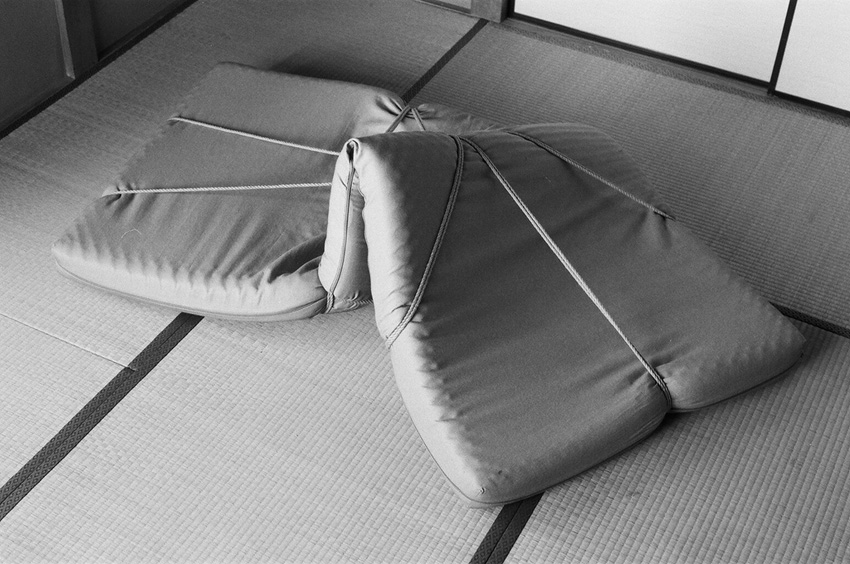
Kerstin von Gabain
Futon #3, 2011
s/w Fotografie | b/w photography
20 x 30 cm, gerahmt | framed 45 x 55,5cm
Ed. 3 + 2AP
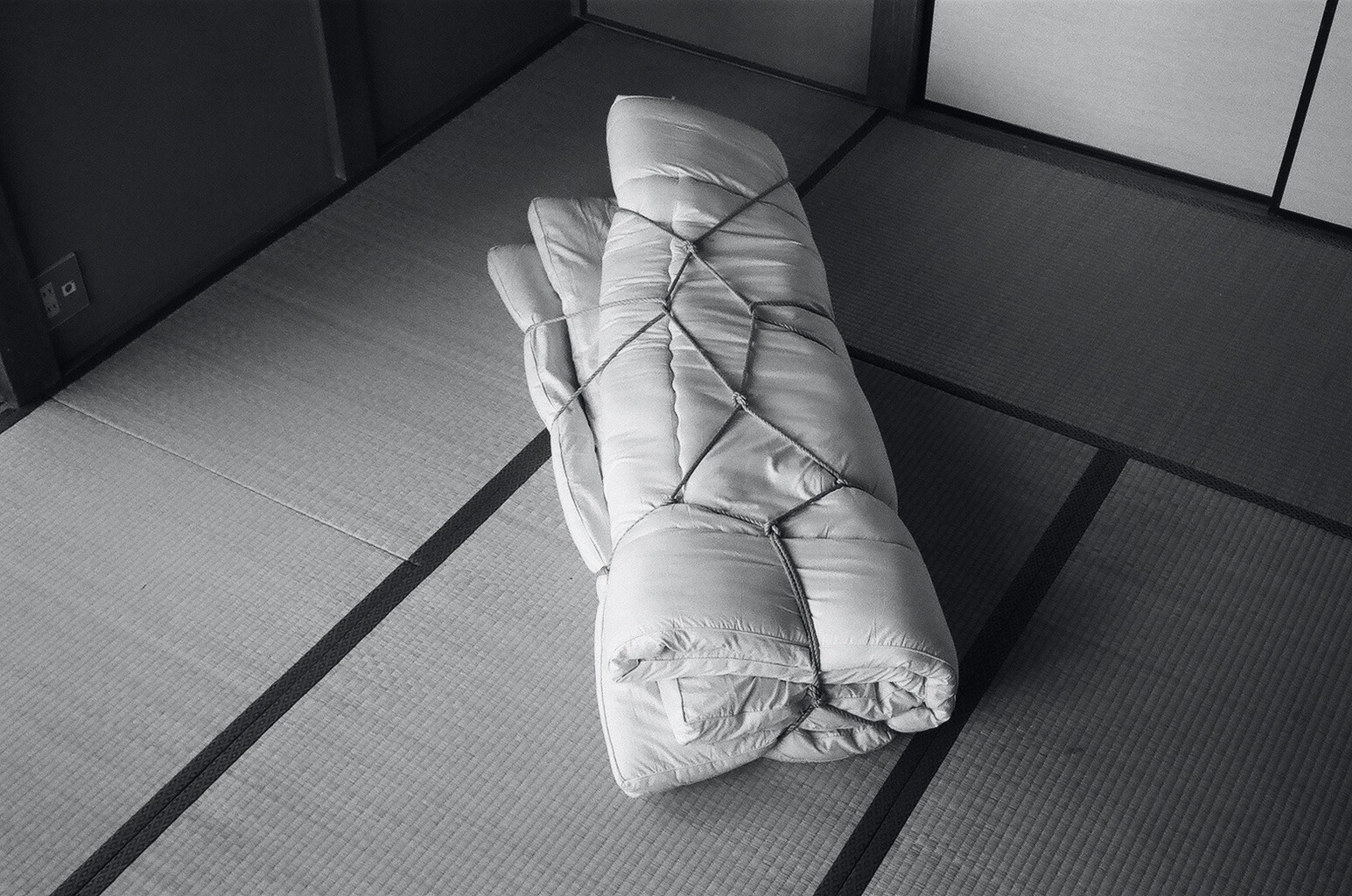
Kerstin von Gabain
Futon #6, 2011
s/w Fotografie | b/w photography
20 x 30 cm, gerahmt | framed 45 x 55,5cm
Ed. 3 + 2AP
Die radikalen Experimente der Wiener Aktionisten haben das Publikum seinerzeit verschreckt, sind aber gerade deswegen in ihrer langfristigen Wirkung und Präsenz kaum zu überschätzen. Als Bezugspunkte sind sie auch heute wirkmächtig, zumal in Wien, wo die Erinnerung nicht nur an einzelne Aktionen und Bilder gegenwärtig ist, sondern auch direkt Beteiligte noch in der Szene mitmischen. An dieses Vermächtnis will die Ausstellung anknüpfen. Sie zeigt Videos und Fotografien jedoch nicht als dokumentarischen Beleg einer Handlung, sondern als unmittelbare Kunst, die assoziativ im Ausstellungsraum miteinander in Beziehung gesetzt werden. Die Ausstellung lenkt die Aufmerksamkeit auf mediale Experimente und künstlerische Aktionen, die eine eigenständige Ästhetik aus der Auseinandersetzung mit kunsthistorischen Referenzen entwickeln. Doch während die Klassiker ihre eigenen Körper in Grenzzonen geschickt haben, die Selbstverletzungen nicht ausschließen und mit der Ästhetik des Tabu-Bruchs arbeiten, beweisen die jüngeren Künstlerinnen und Künstler eine größere Leichtigkeit. Ihre Performances sind nicht mehr zuerst ein Angriff auf bürgerliche Konventionen.
Im Programm der Gabriele Senn Galerie sind eine ganze Reihe Künstlerinnen vertreten, die auch performative Fotografien geschaffen haben. Der beleibte Cowboy mit Colt in der Hand sitzt in einer normalen Küche (Kathi Hofer), als wäre es ein Still aus einem Film, der sofort mit einer unerwarteten Handlung weiterlaufen könnte. Oder da sind die Hände einer jungen Frau mit Seife, Details von ihrem Gesicht (Marina Sula), genau komponiert und in ihrer Sachlichkeit ausbalanciert. Die Gesten sind eingefroren, deuten Entwicklungsmöglichkeiten für eine Geschichte an, die der Fantasie des Betrachters überlassen bleibt.
Die für die Ausstellung ausgewählten Videos stammen von Künstlern, die keine Performance für ein Publikum inszeniert haben, sondern explizit und exklusiv für die Kamera, also letztendlich für den Betrachter des fertigen Videos im Ausstellungsraum. Bei diesen Video-Performances agiert der Künstler oder die Künstlerin meist alleine vor der Kamera, ohne Publikum, und der technische Aufwand bleibt gering. Es sind Dokumente medialer Authentizität, exhibitionistischer Einsamkeit und ironischer Intimität. Das Gefühl des Vergänglichen verbindet sich mit der Erfahrung der Zeitlosigkeit. Diese künstlerische Haltung ist historisch eng mit den frühen experimentellen Videos von Künstlern wie Bruce Nauman oder Marina Abramovic´ und Sanja Ivekovic´ verbunden, deren Werke entscheidende Beiträge zur Entwicklung einer Ästhetik sind, die die phänomenologischen Erfahrungen des menschlichen Körpers in Raum und Zeit thematisieren.
Performances für die Kamera sind also immer mehr als das filmische Dokument einer performativen Handlung, es sind schauspielerische oder musikalische Experimente, die die Künstler mit sich selbst, ihrem Körper und nur wenigen Requisiten oder anderen Personen machen, als ob die Kamera ein Spiegel wäre. Insbesondere der physische Selbstbezug des Künstlers und die darin enthaltende Reflexion auf die eigene Identität scheint der Nerv zu sein, der das Genre stetig verjüngt. Authentizität und Selbstinszenierung verflechten sich in einem komplexen Prozess der Selbstbefragung.
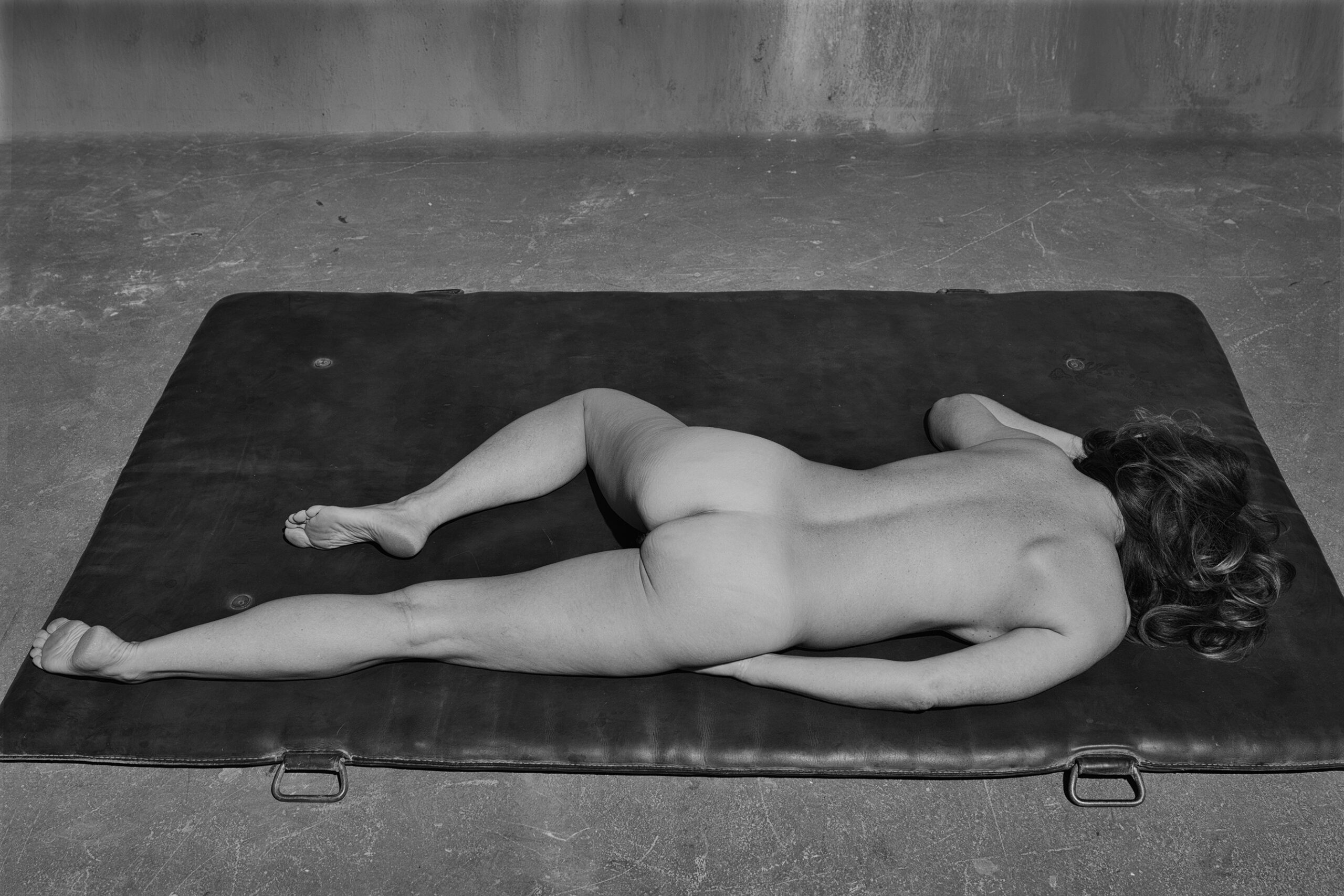
Elfie Semotan
Nudes 8, 2012
Platinum Palladium Print
16 x 24 cm, gerahmt | framed 50 x 60 cm
3 + 1 AP
The Viennese actionists’ radical experiments scared the public at the time of their creation. It is for that very reason though, that they can’t be underestimated in their long-term impact and presence. They continue to be effective today as reference points. This is especially the case in Vienna, where people still have memories of particular activities and images from that period, but also because those directly involved then are still active today. This is legacy upon which the exhibition wants to base itself on. However, it does not show videos and photographs as documentary evidence of a certain activity, but rather showcases them as art. The videos and photographs are then shown as associatively related to one another in the exhibition space. The exhibition draws attention to media experiments and artistic actions that develop an independent aesthetic by examining art-historical references. But while artists of the past pushed their bodies to its limits and sometimes experienced or inflicted self-harm, and whilst they worked with the aesthetics of breaking taboos, younger artists seem to work with more lightness and ease. Their performances are no longer primarily an attack bourgeois conventions.
Gabriele Senn Gallery’s programme includes a wide range of artists who have created performative photographs. An example would be the obese cowboy, a colt in his hand, as he sits in a plain kitchen (Kathi Hofer). The piece is reminiscent of a movie-still that could momentarily continue with an unexpected plot. Or a young woman’s soapy hands, details of her face (Marina Sula), precisely composed and balanced in their objectivity. The gestures are frozen in the image and simultaneously imply the possibilities of story development that could arise out of the viewer’s imagination.
The videos selected for the exhibition are by artists who chose to stage their performance for the camera, as opposed to an audience. Their pieces were created for viewing in an exhibition space. In these video performances, the artist usually performs alone in front of the camera. There is no audience and technical efforts are kept to a minimum. These are pieces that depict media authenticity, exhibitionistic loneliness and ironic intimacy. The feeling of transience connects with the experience of timelessness. This artistic attitude is historically closely linked to the early experimental videos of artists such as Bruce Nauman, Marina Abramovic and Sanja Ivekovic. Their work has acted as an important contribution to the development of an aesthetic that addresses the phenomenological experiences of the human body in space and time.
Performances for the camera are thus increasingly the cinematic documentation of a performative act. They are theatrical or musical experiments that artists perform with just themselves, their bodies, a few props or other persons. The camera seems to serve as a mirror. In particular, the artist’s physical self-reference and the contemplation about his or her own identity contained therein seem to be what constantly rejuvenates the genre. Authenticity and self-presentation intertwine in a complex process of self-questioning.

